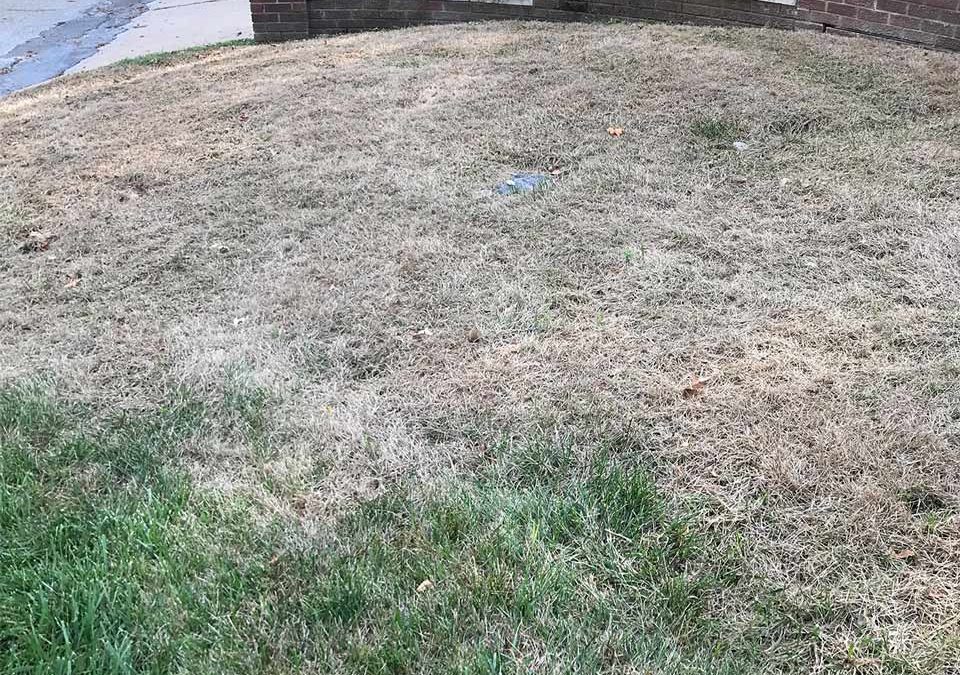
by Uncle | Fall, Insects, Pests, Summer, Turf
Should I be concerned about Armyworms? In a typical fall season, armyworms are not a big concern for our region, and the last major infestation was in 2014. Fall armyworms are not indigenous to our area and do not overwinter here. Instead, they are larval of a moth...
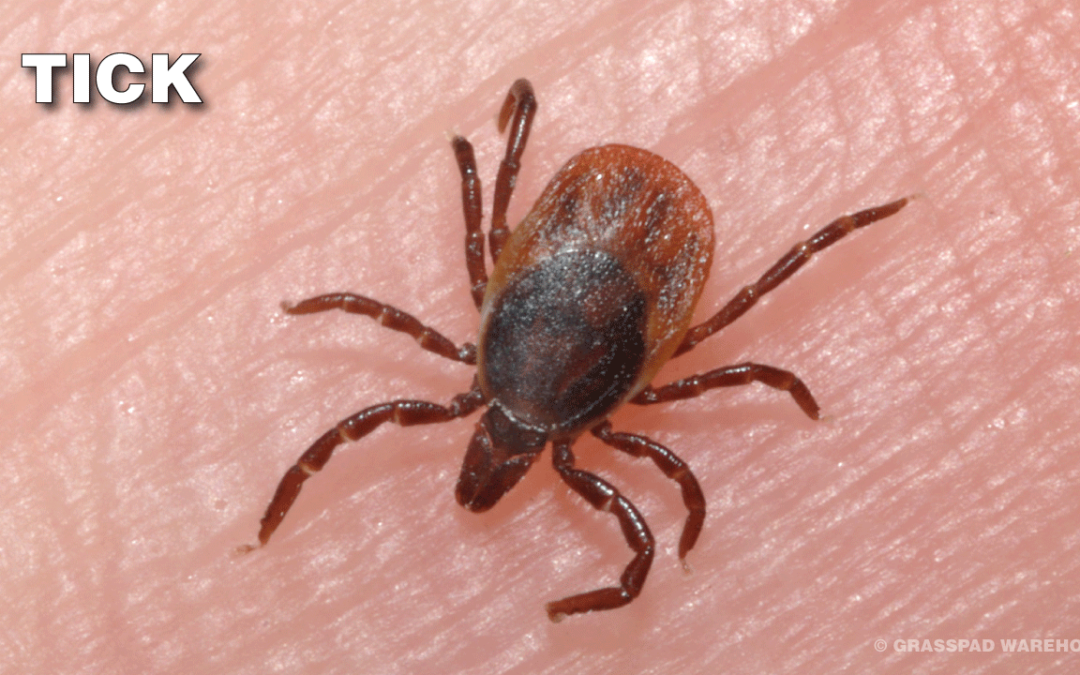
by Uncle | DIY, Fall, Insects, Pests, Spring, Summer
Warm Weather Brings Annoying Pests The summer bug invasion of fleas, ticks, and chiggers will be faster than Putin in Kyiv. Just like the Russians, the threat of economic sanctions will not prevent or remove these menacing marauders from invading your lawn. Know Thy...

by Uncle | DIY, Spring, Varmints, Winter
Voles are a small rodent that appears throughout Kansas and Missouri. Sometimes called “field mice,” voles have short tails, short legs, tiny eyes, and their ears are partly hidden. Adult voles are small, with a body length of 3-5 inches. Voles do not hibernate and...
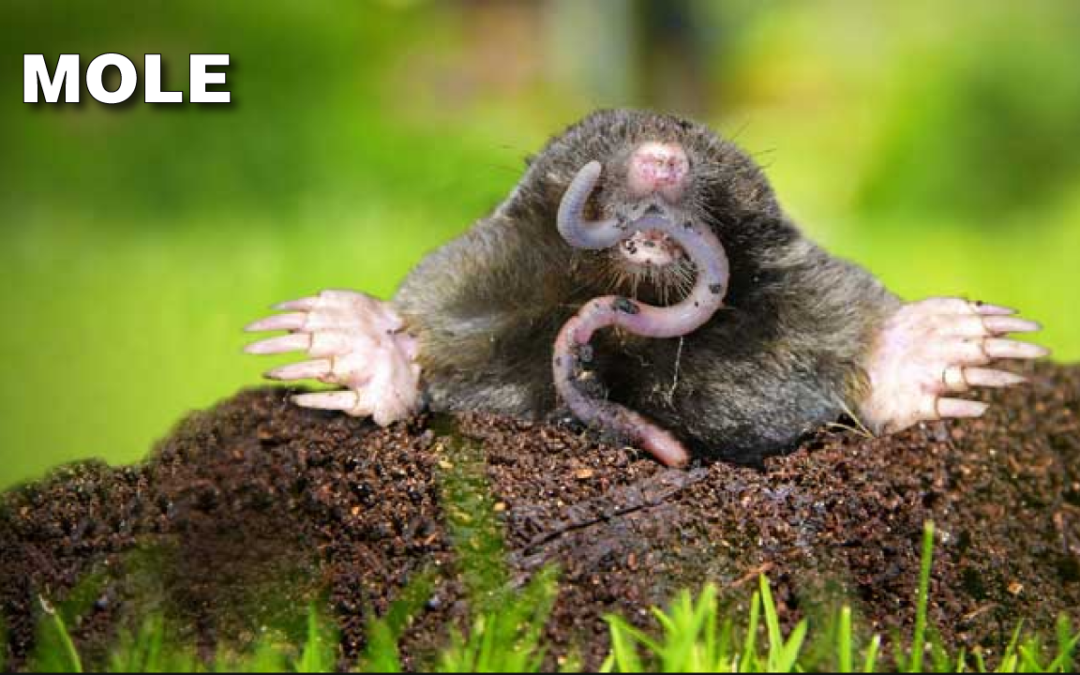
by Uncle | DIY, Fall, Pests, Spring, Summer, Varmints, Winter
What do Moles Eat? Moles target earthworms as a primary food source. Loosening the soil and frequent watering or rain brings earthworms nearer to the surface and make a natural bounty for hungry moles. It is safe to say; the healthier yards will have more earthworms....
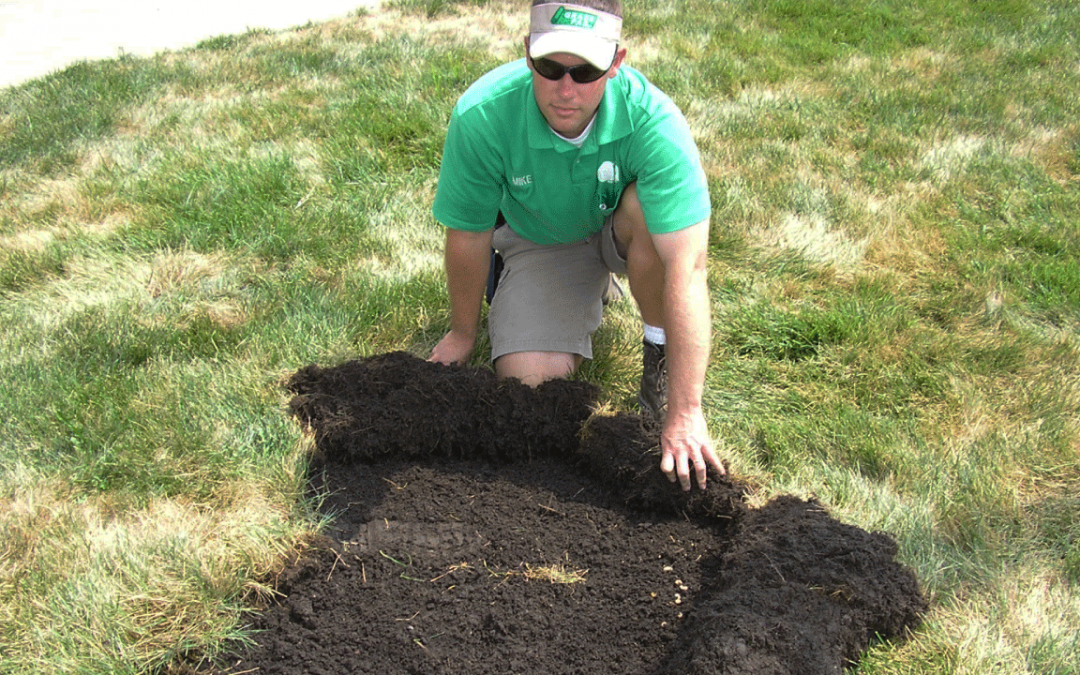
by Uncle | DIY, Fall, Insects, Pests, Social, Summer, Turf
The insect that historically causes the most significant destruction to mid-west lawns is the white grub. Grubs are challenging to control because they attack the grass from the basement. The white grub chews on grass roots underneath the thatch layer of the grass...
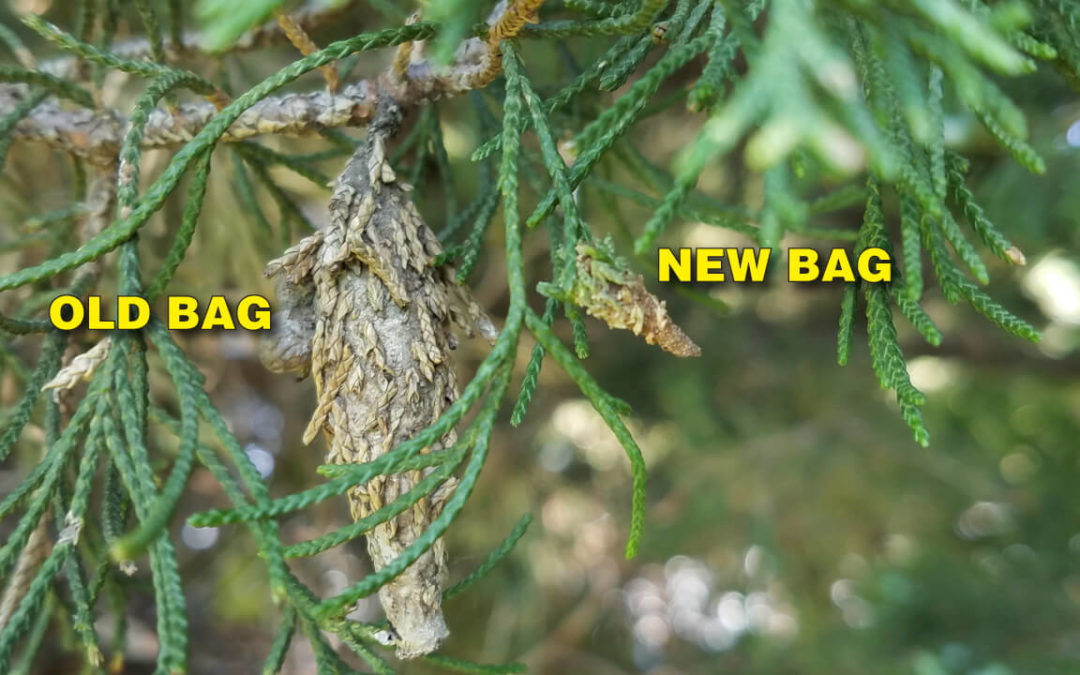
by Uncle | DIY, Insects, Pests, Social, Spring, Summer
What are Bagworms?You’ve seen them hanging from evergreens and spruce trees every summer. Left unchecked bagworm populations will grow to damaging levels very quickly. One adult bagworm can produce over 1,000 baby bagworms.When to Spray BagwormsLate May to early June...
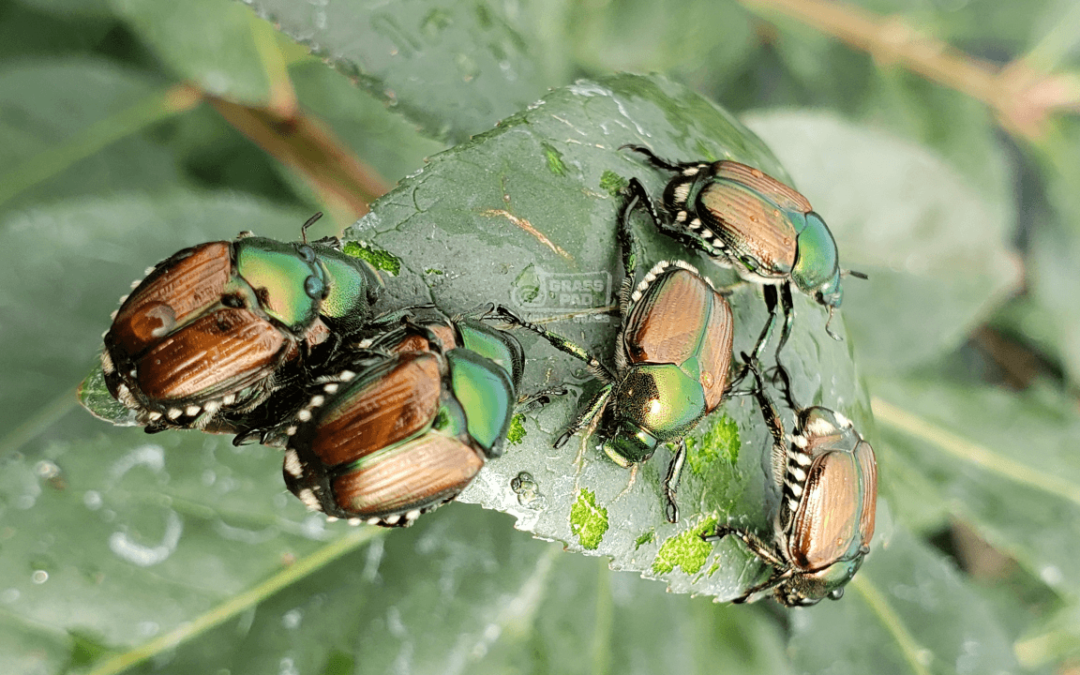
by Uncle | DIY, Garden, Insects, Pests, Shrubs, Social, Summer, Trees, Turf
Japanese beetles are this generation’s destroyer of the landscape. These little metallic militants appear in swarms in July and last for months. They are feeding on their favorite plants and when those are decimated, they move on to the next. They love roses, fruit...
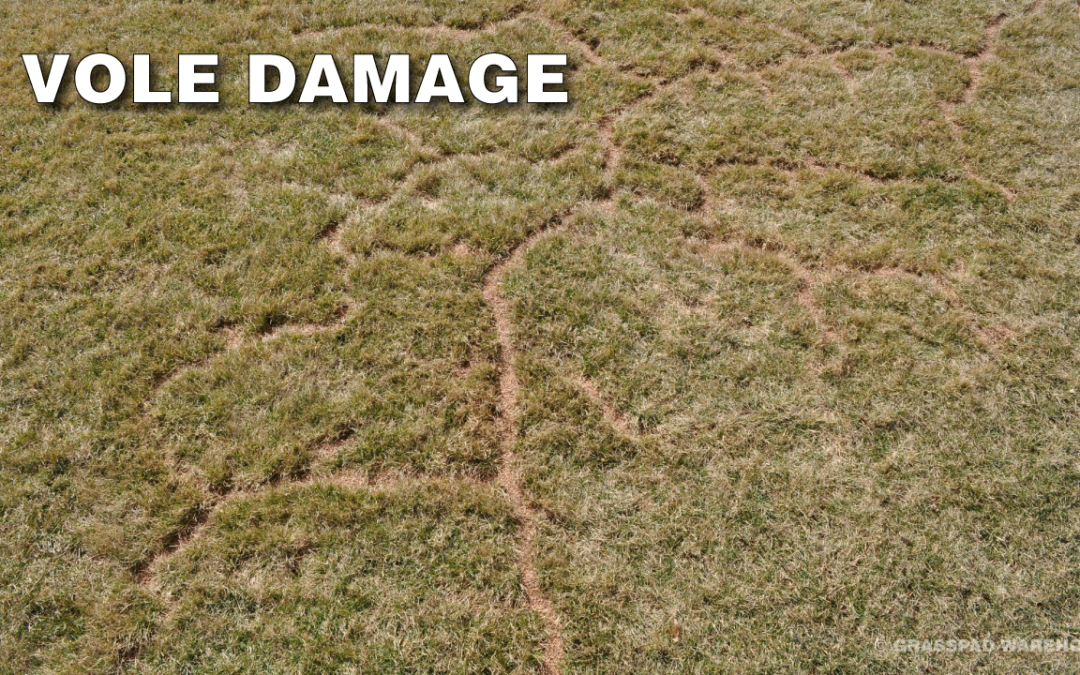
by Uncle | Fall, Pests, Spring, Varmints, Winter
What are those trails in my lawn? In early spring, when the snow finally melts and people get back out into their yards, some may be surprised to find trails and burrows in the lawn. Many will see these above ground trails and mistakenly assume moles have invaded...









